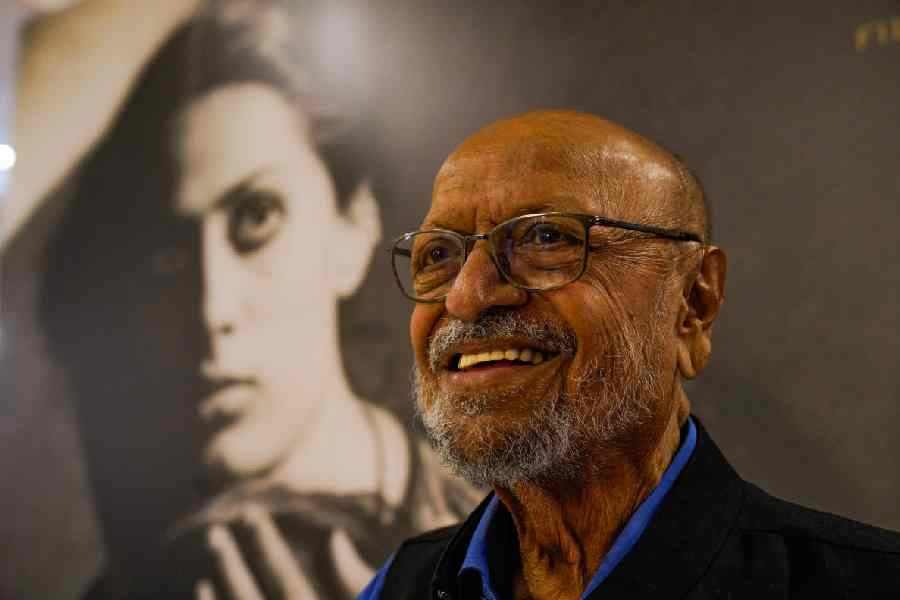According to Howard Gardner in his book Frames of Mind: The Theory of Multiple Intelligences, different people approach learning in different ways and children learn better in school when their individual learning styles are recognised and supported. An individual’s learning style refers to the preferential way in which he or she absorbs, processes, comprehends and retains information. For this, students use cognitive, emotional as well as one’s prior experience to understand what they are studying.
Gardner outlined seven different learning styles: auditory, visual, kinesthetic, interpersonal, intrapersonal, linguistic and logical-mathematical. It is not necessary for a student to have just one exclusive style of learning, most utilise a variety of them. A student who is a visual learner may also be a verbal learner. One’s learning style is completely individualised, a method that is magic for one student may be completely useless for another. It is important for a student to understand his or her learning style so that he or she learns at maximum potential.
The notion of individualised learning styles has gained widespread recognition. Traditionally, schools use mainly linguistic and logical teaching methods. They also use a limited range of learning and teaching techniques. Many schools still rely on classroom and book-based teaching, much repetition, and pressured exams for reinforcement and review, while some schools have merged the use of technology in their classroom teaching, thereby catering to different learning styles.
Here are the different learning styles as defined in educational theorist Neil Fleming’s book Learning Styles Again: VARKing up the Right Tree! that was published in 2006.
Visual or spatial
Visual learners benefit from a variety of ocular stimulation. They use pictures, images and spatial understanding to learn. They also like to be able to read instructions or the text to increase their understanding. They use a lot of bright colours and clear diagrams. Videos, demonstrations and classroom handouts are good learning tools for them as are flip charts, maps and movie clips.
“I find it easier to study by visualising objects, plans and outcomes in my mind’s eye. I understand geography chapters better when I use maps and charts. When I studied a history chapter on Nelson Mandela, the movie 12 Years a Slave helped enhance my knowledge about apartheid,” says Shiratej Sharma, who studies in Class X at St. James’ School, Calcutta.
Aural or musical
Auditory learners are often intrigued by word play and language patterns. They can remember and understand new concepts better when these are explained out loud — even if they’re doing the speaking themselves. They retain knowledge better when any new ideas they are introduced to are paired with music, drum beats or clapping. They often attach acronyms to lessons to remember. Many experts agree that playing certain kinds of music, such as “obscure 18th century composers”, can engage parts of their brain that help students pay attention.
“I study different subjects in different ways. For Mathematics, I need full concentration and like to shut out distractions, so I hear music while solving sums. Music at a low volume helps me concentrate better. While studying History, I draw a rough sketch of what is being explained. This way I can understand and learn the answer better,” says Varuni Churiwal, a Class VI student of Modern High School for Girls, Calcutta.
Read, write and reason
These learners are the ones who are always making lists, getting organised and trying to find the link between one piece of the puzzle and another. They need to be mentally challenged, and thrive off solving critical thinking issues. They are also able to translate abstract concepts into words and essays.
“From my experience of working in schools, especially at the primary level, I have realised the importance of identifying the primary learning type of a child at an early age. You may have noticed that a child is able to remember movie dialogues much more easily than concepts in a textbook. The reason is that while in the former both their visual and auditory senses are stimulated, the latter involves only the auditory senses (reading). Similarly, a child is able to remember how smooth a pebble is by holding it (kinesthetic) rather than by reading that pebbles have a smooth texture. So these unconventional methods can easily be incorporated in schools to supplement and enhance the regular learning process. You will then notice a marked improvement in the child’s ability to recall,” says Maitreyee Bezbaroa, counselling psychologist at The Samhita Academy in Bangalore.
Physical or kinesthetic
Kinesthetic learners prefer using their body, hands and sense of touch. They are literally “hands-on” learners who prefer to touch, move, build or draw what they learn, and tend to learn better when some type of physical activity is involved. Kinesthetic learners also frequently benefit from using rhythmic motions like clapping their hands or snapping their fingers when reading or practising sums.
“The play-way system aims to educate the child such that he or she remembers the matter for a long time. It involves games, drawing, singing, dancing, craftwork and quiz. These methods make the teaching-learning environment more interesting and help in better learning and retention,” says Jason Joseph, who teaches at St. Thomas’ Boys’ School in Kidderpore, Calcutta.
So find out which is the way you can learn most easily — by looking at it, hearing it or touching it — and use that method to stay on top of your studies.
Top tips
- Visual learner: Use different colour highlighters or pens while you are reading and taking notes. Use flashcards to learn new words. Redraw pages from memory. Replace important words with symbols or initials
- Aural learner: Make up a song about things you find difficult to learn. Read stories, assignments, or directions out loud. Record your summarised notes and listen to them on tape. Hear online lectures
- Read/write learner: Reword main ideas and principles to gain a deeper understanding. Organise diagrams, charts, and graphic organisers into statements
- Kinesthetic learner: Use real life examples, applications and case studies in your summary to help with abstract concepts











